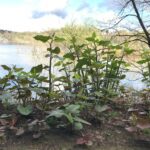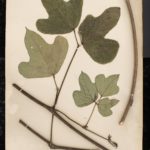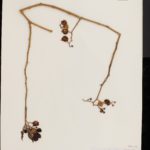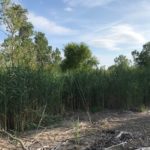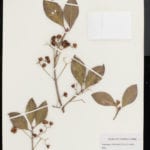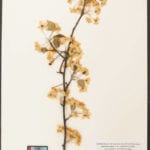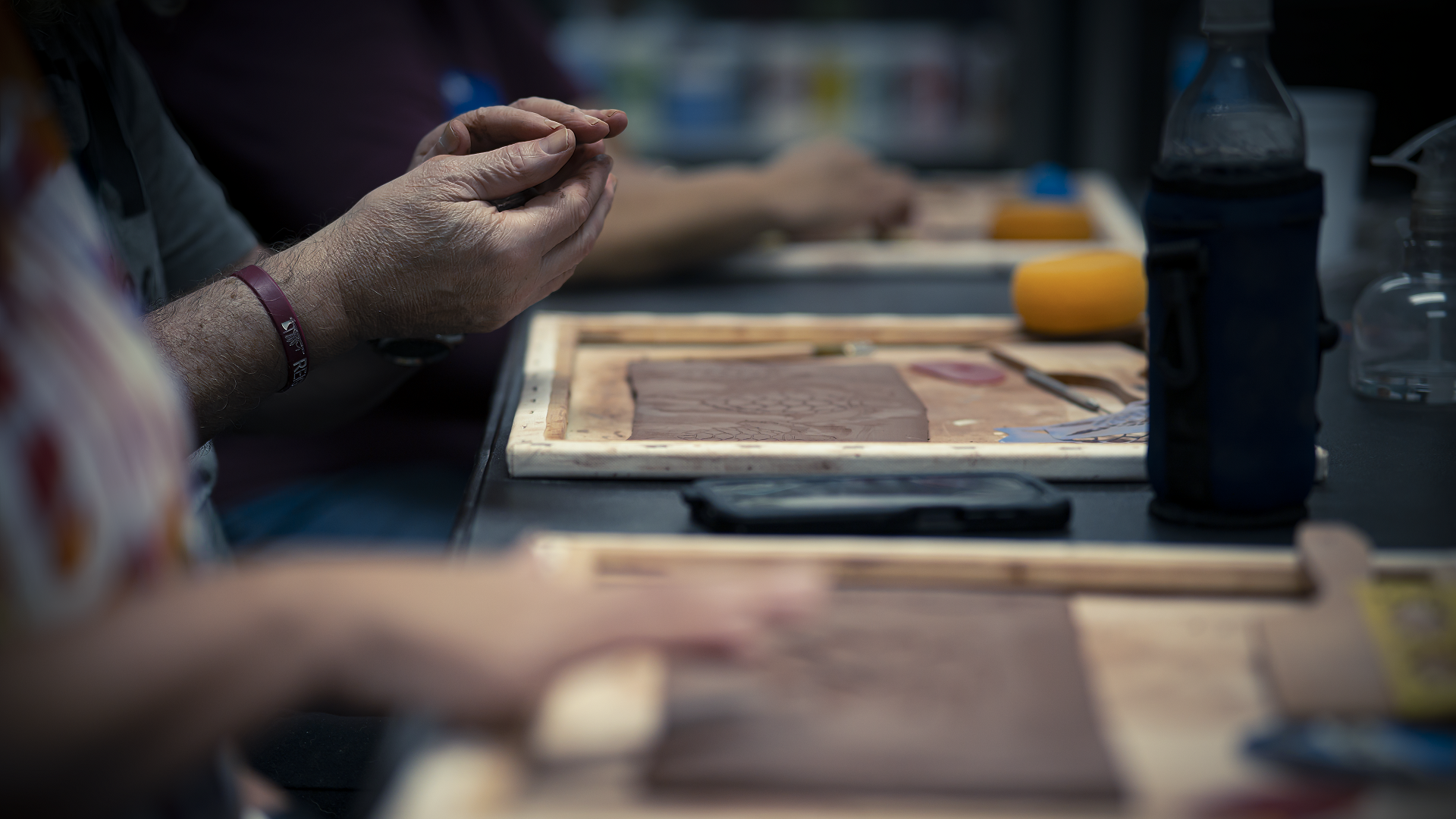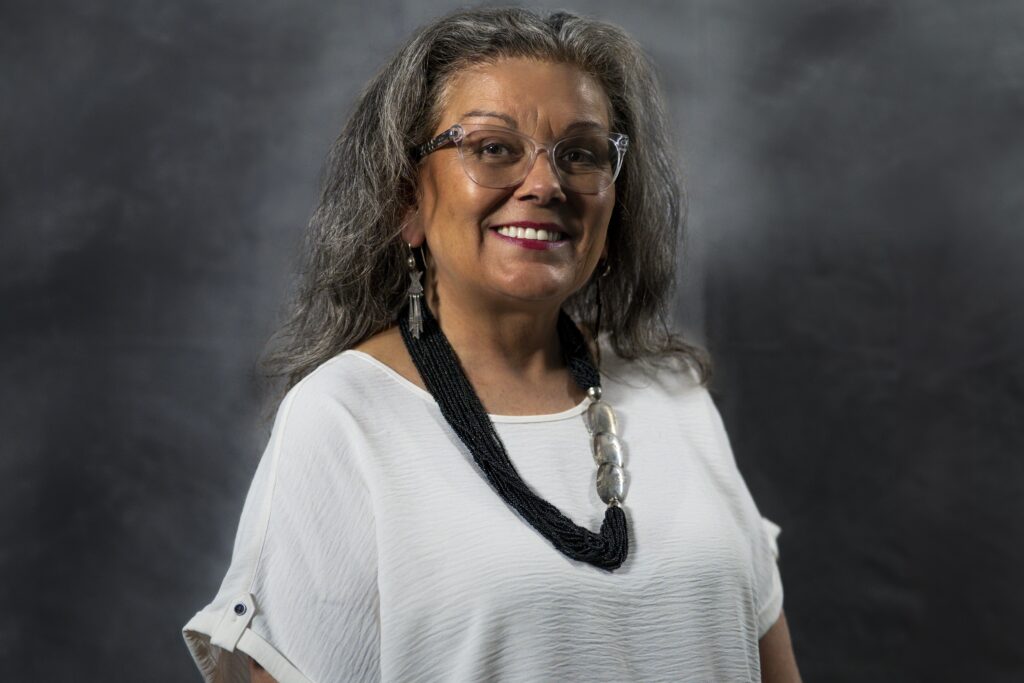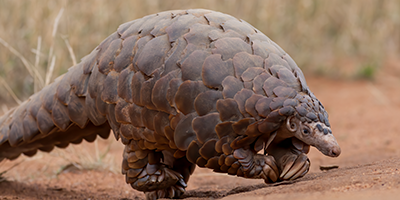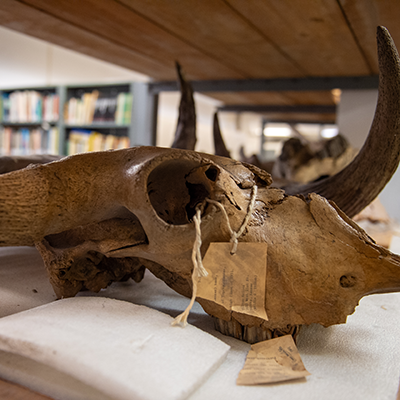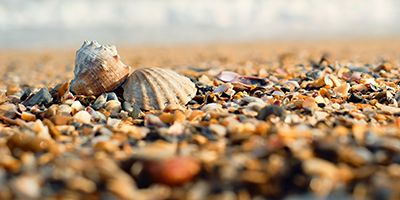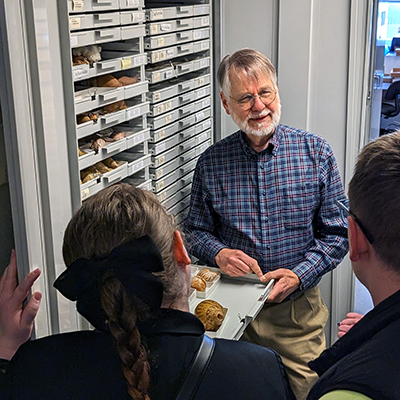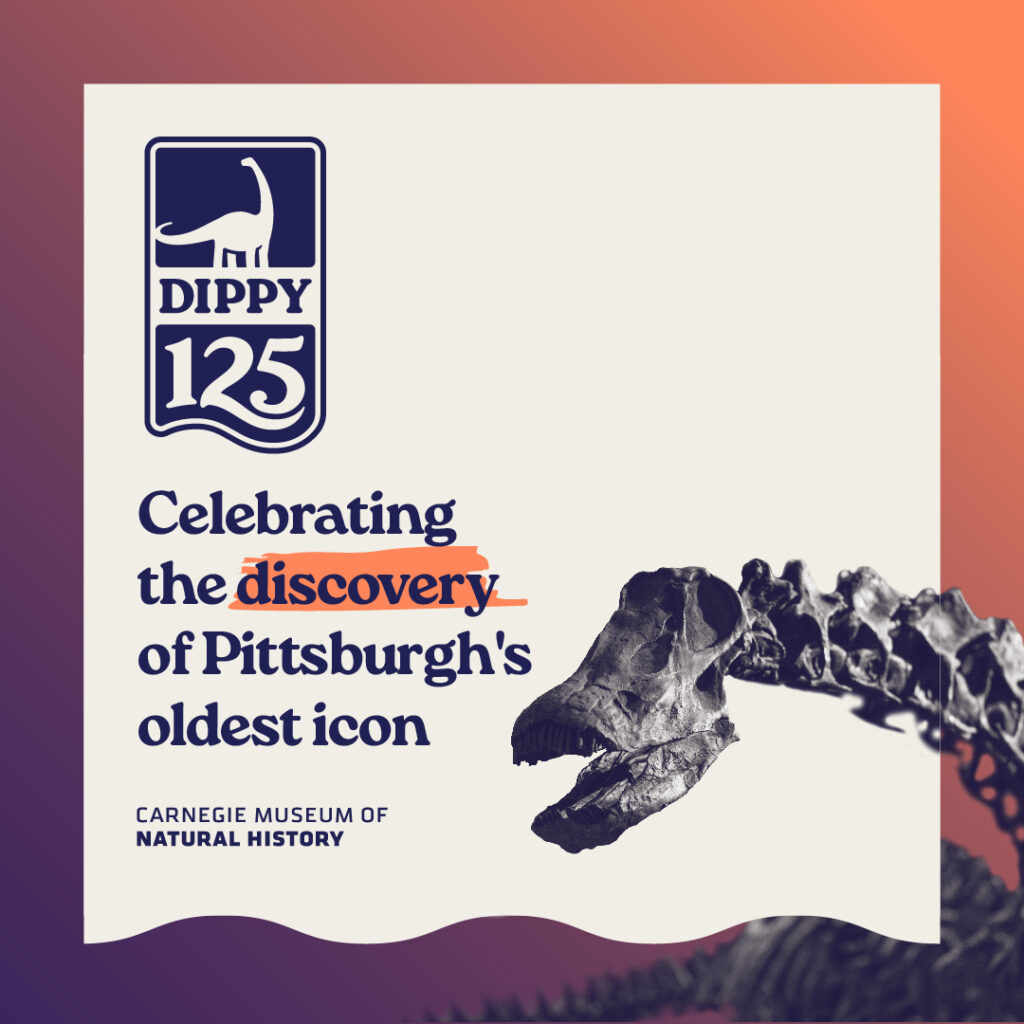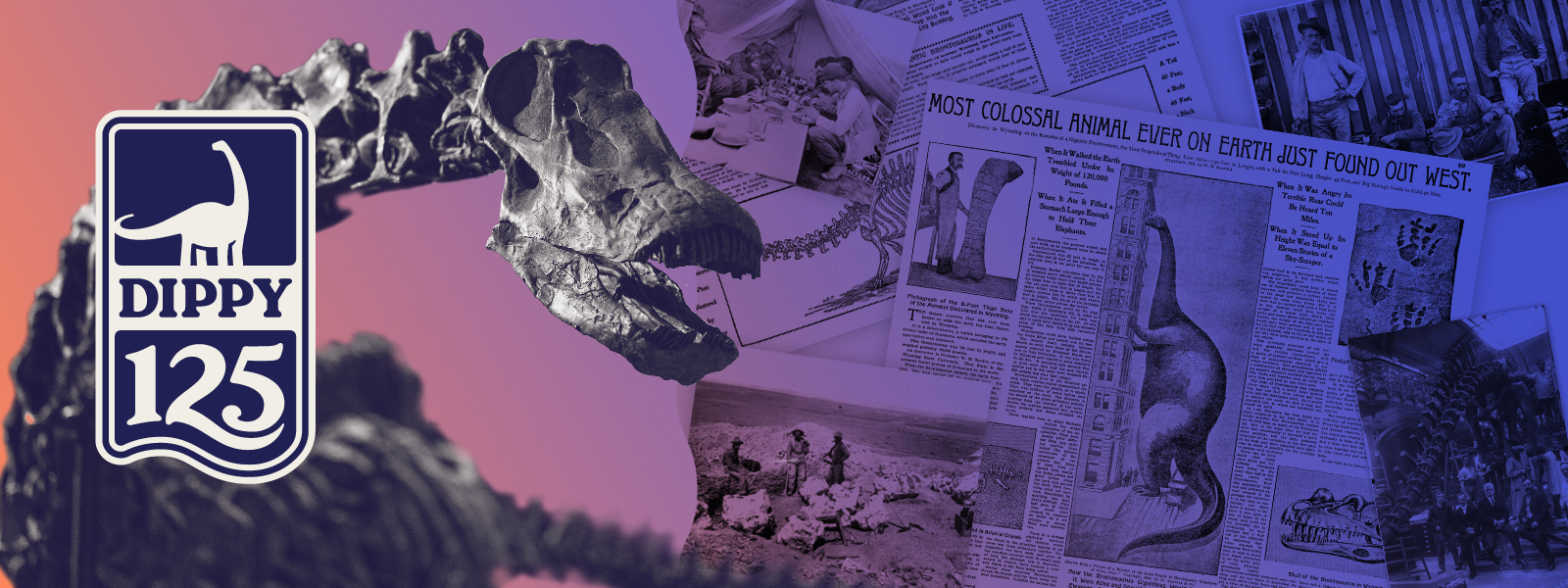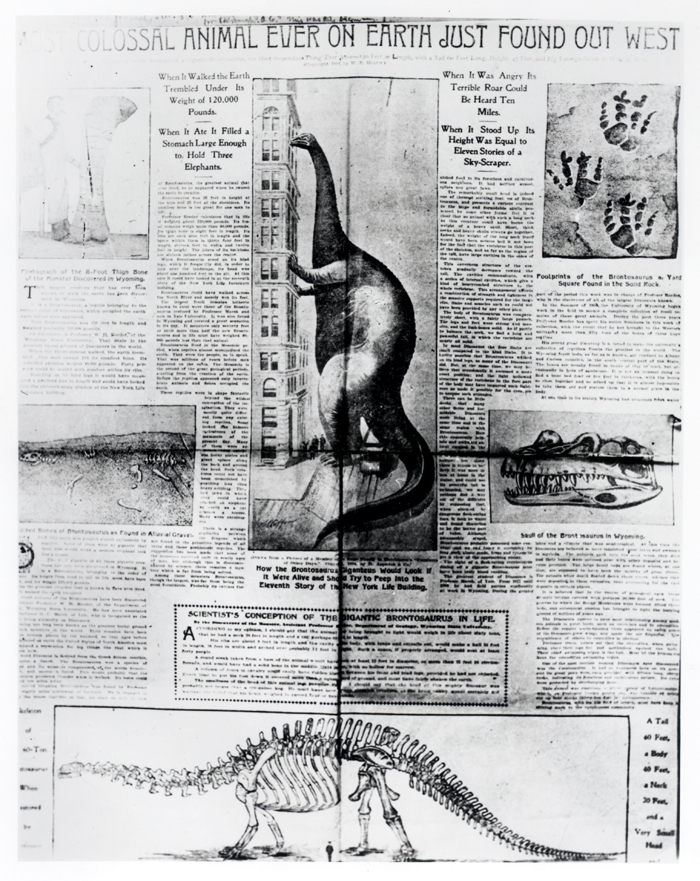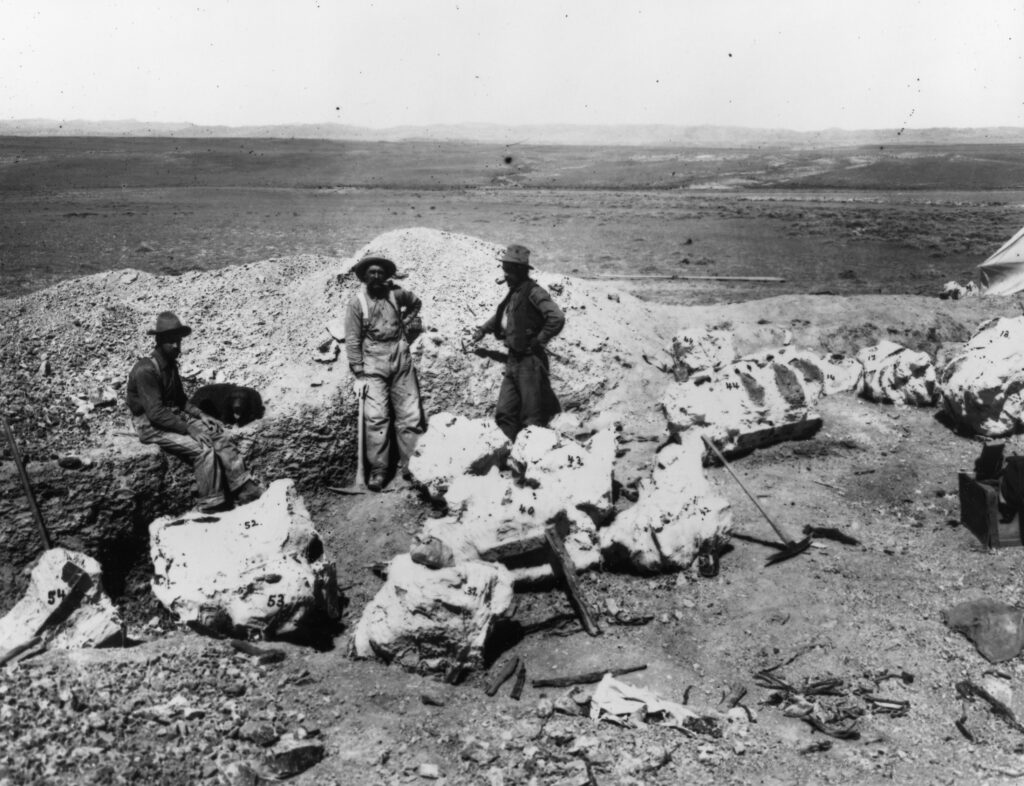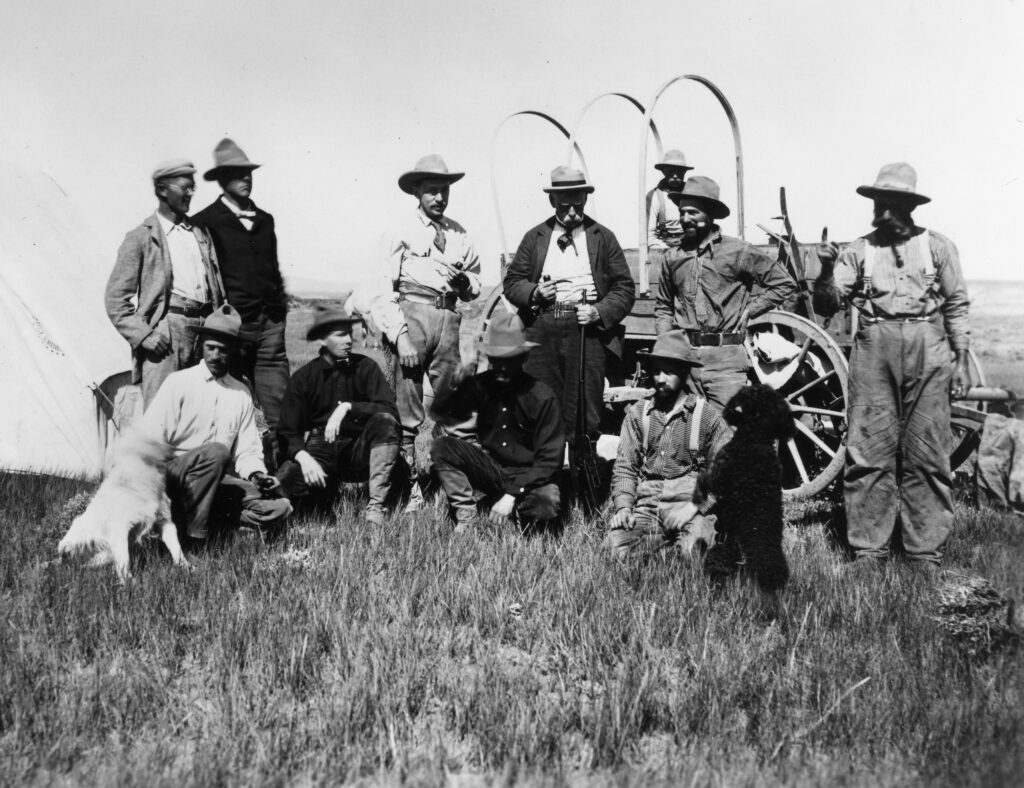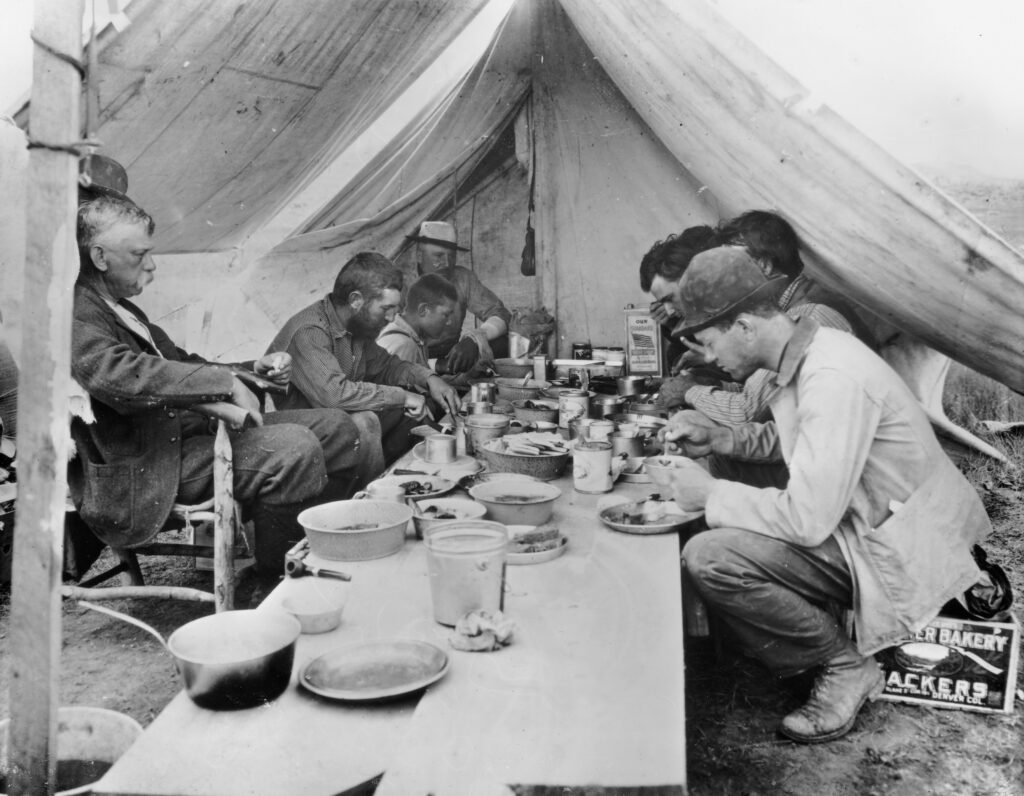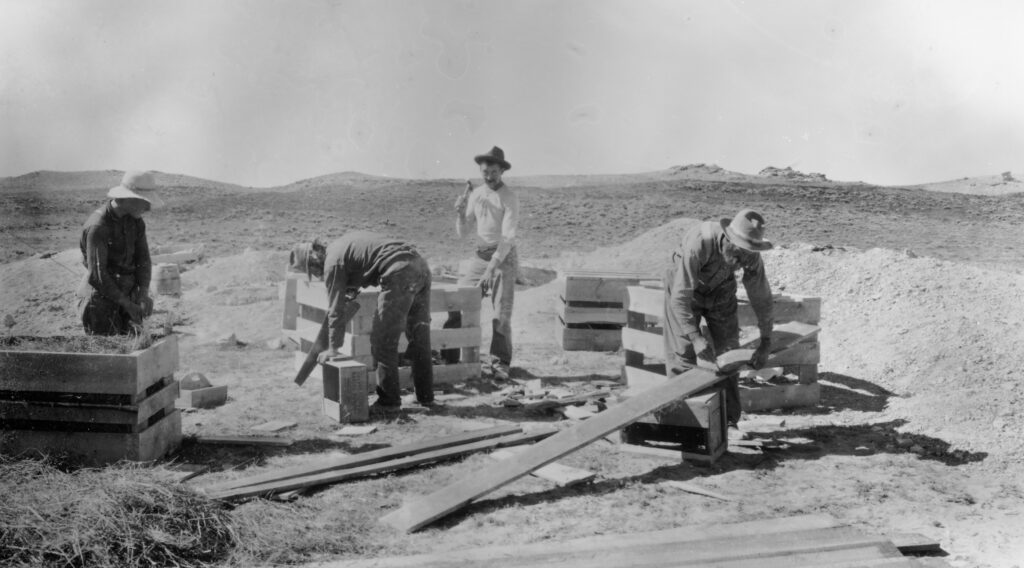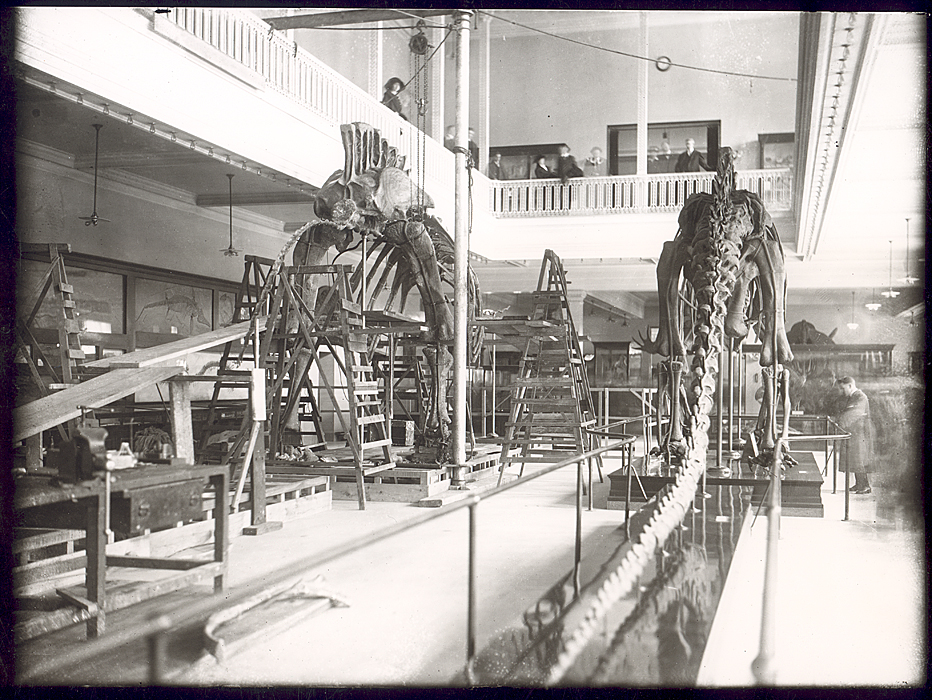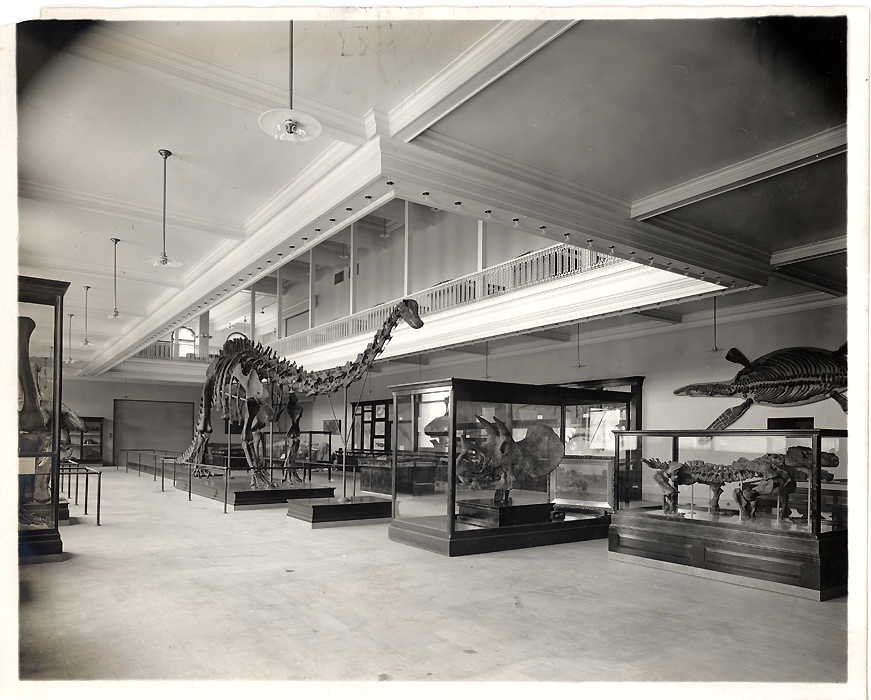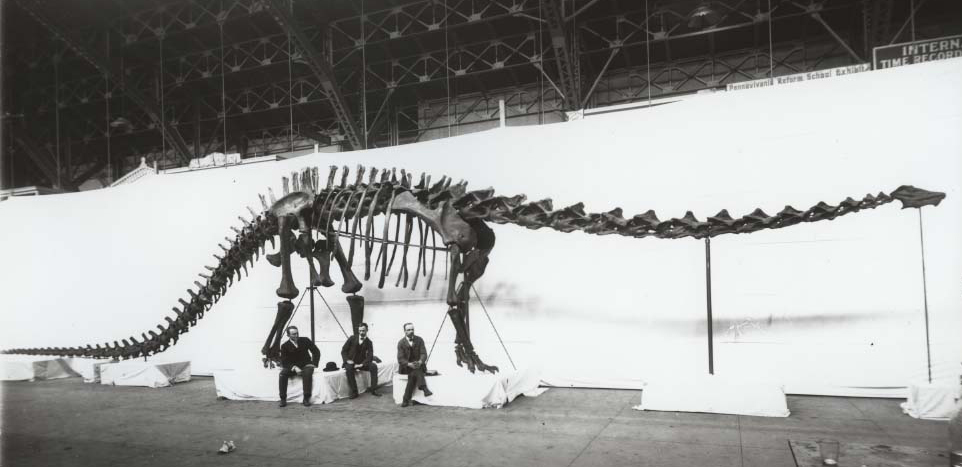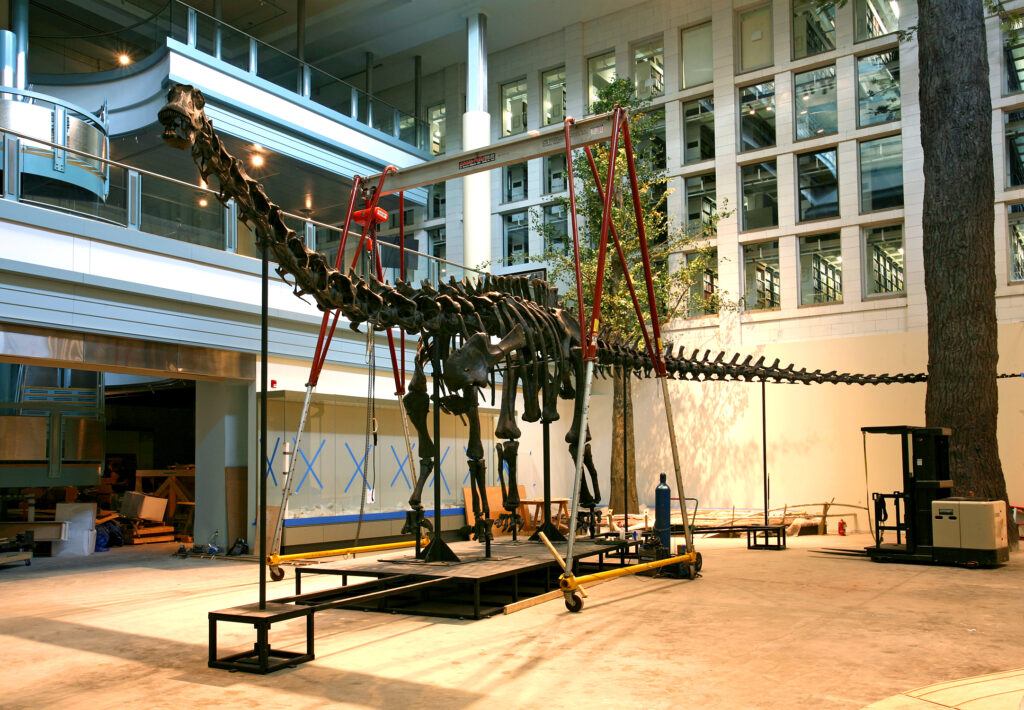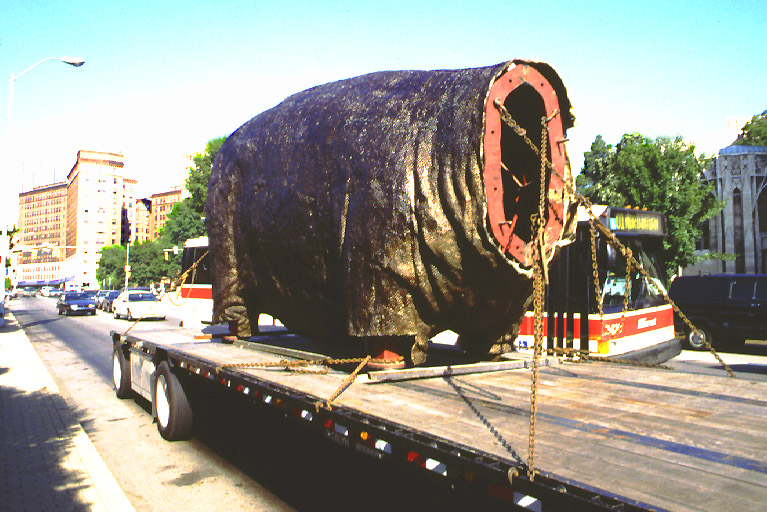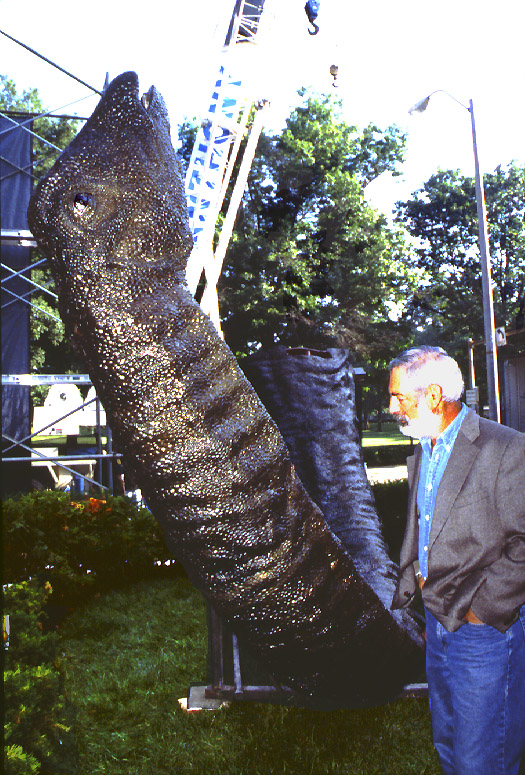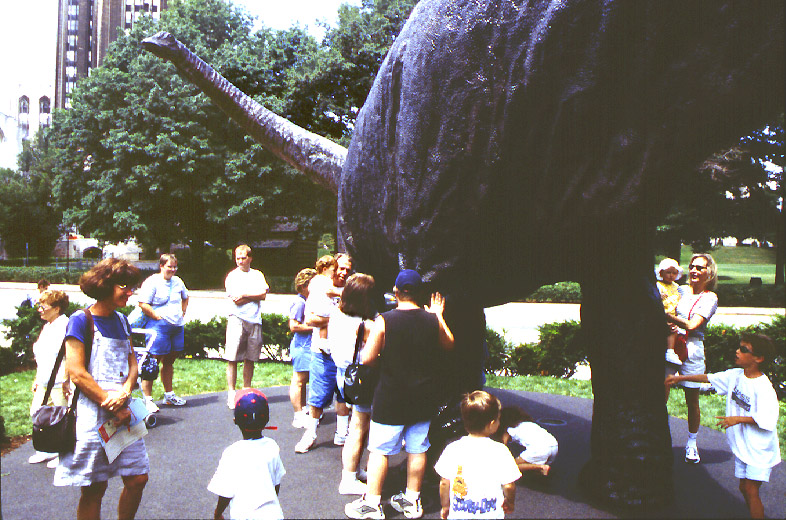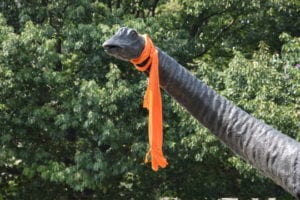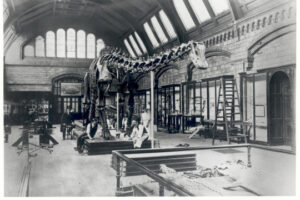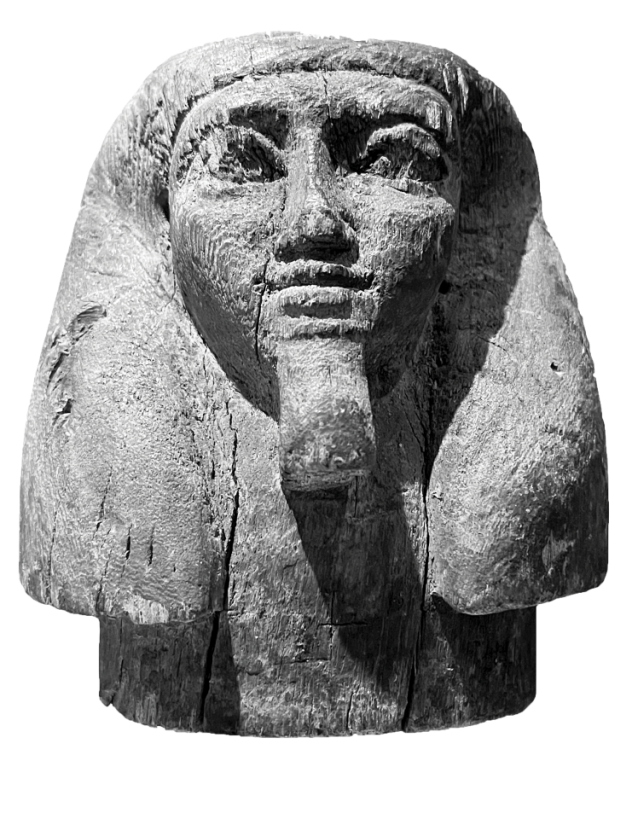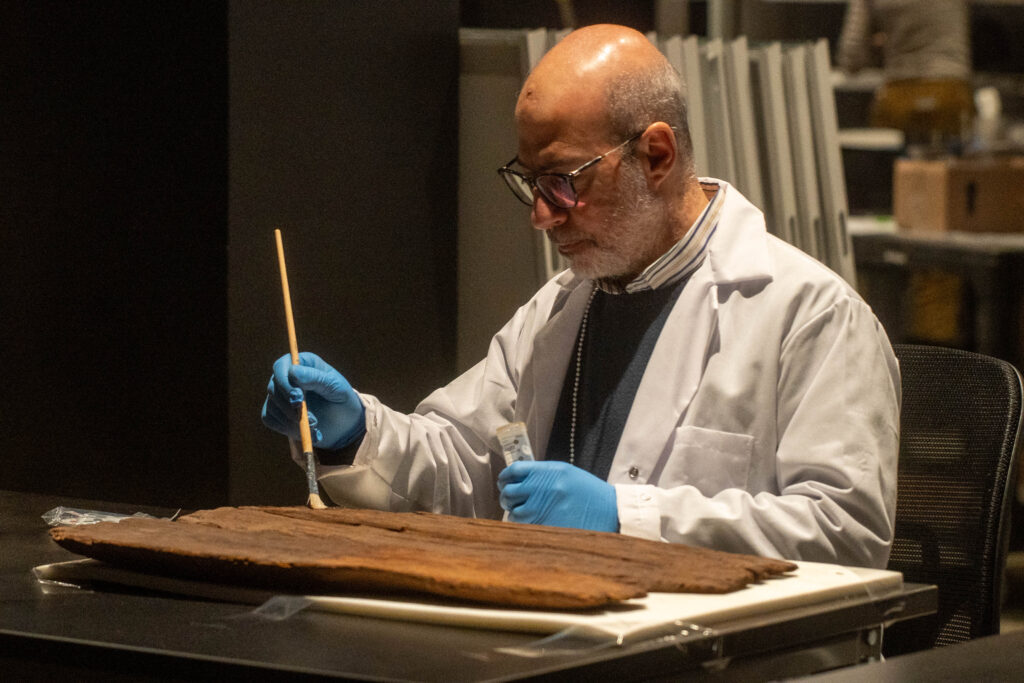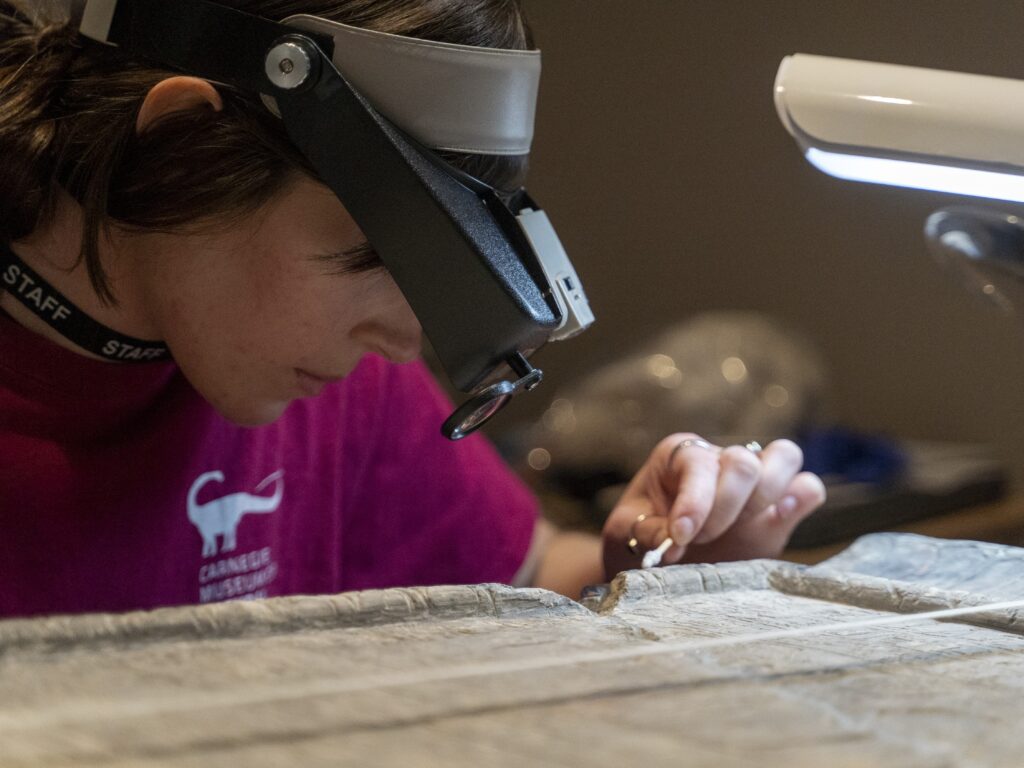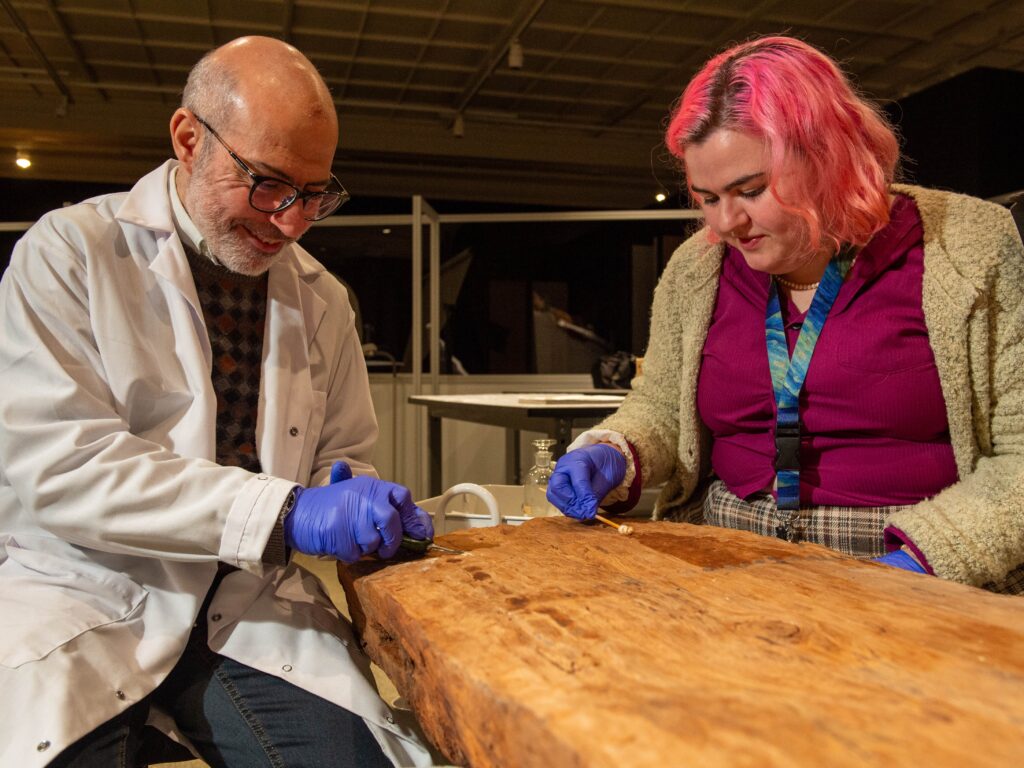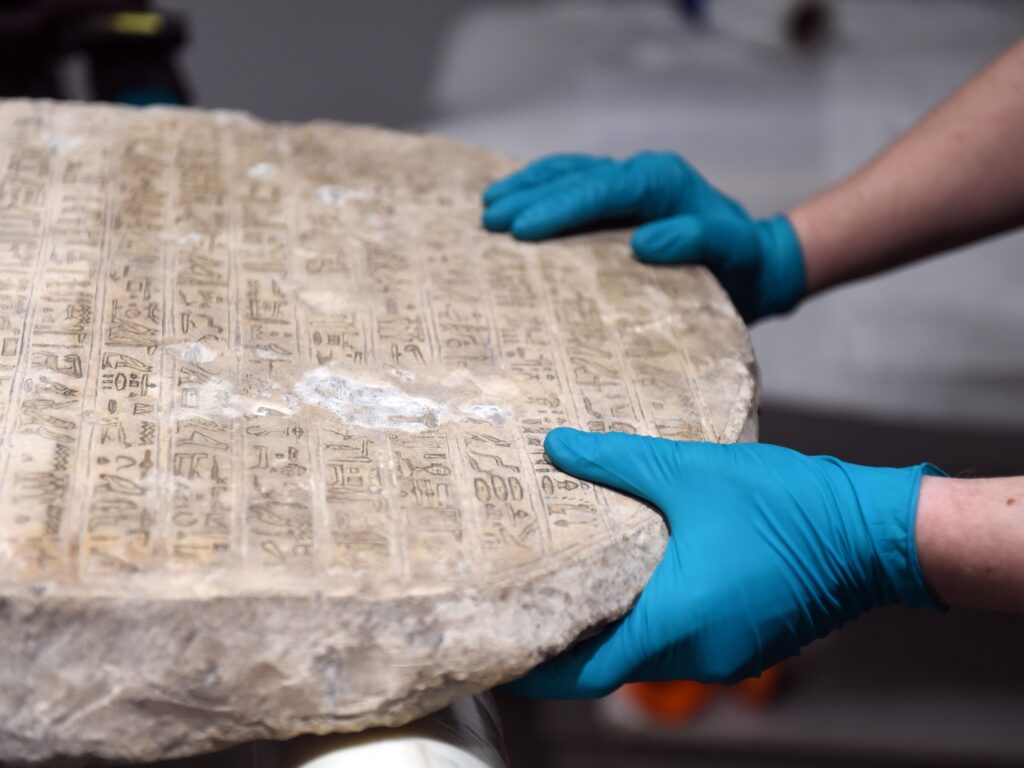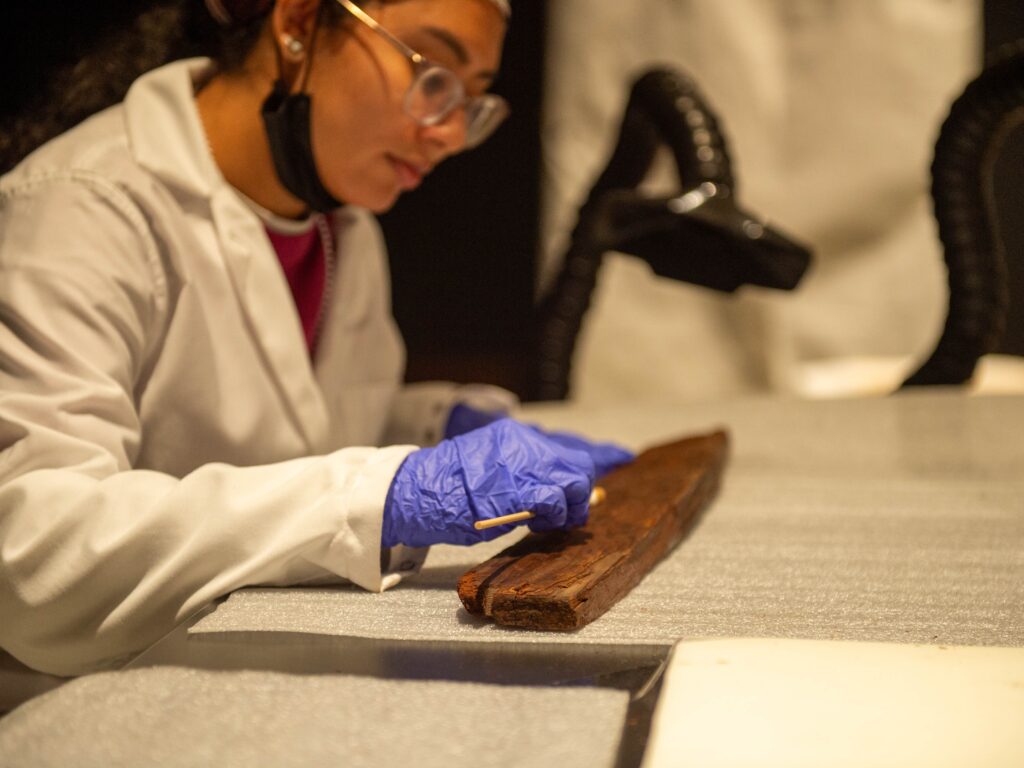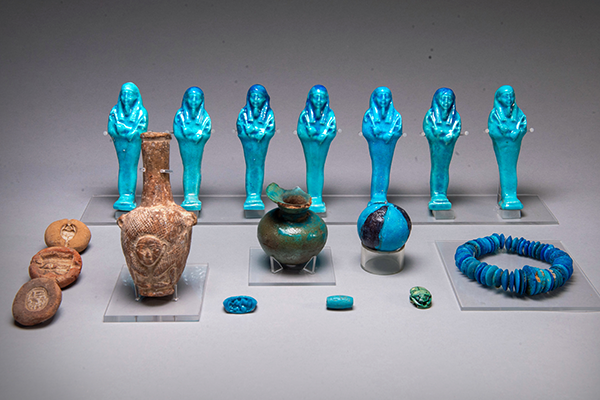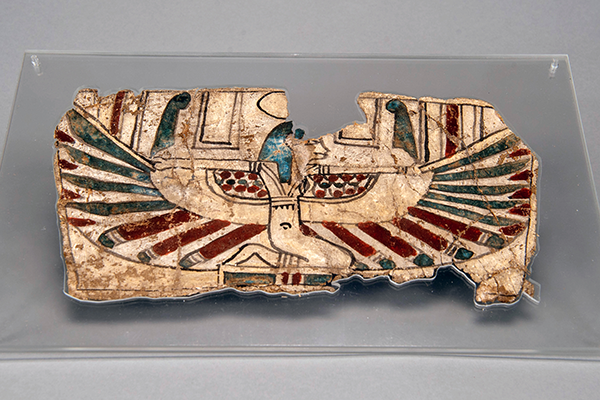
Now Open | Hall of Botany and Third Floor Overlook
Even in urban environments, we see and rely on plants daily. Many of these plants are native to where we live, but many are introduced from other parts of the world. In the groundbreaking exhibition Uprooted: Plants Out of Place, visitors explore more than 4,800 square feet of Carnegie Museum of Natural History to learn how plants ride along as passengers, not drivers, from one region to another, and the consequences when an introduced plant becomes a harmful invasive species in its new environment. Uprooted showcases the museum’s historic herbarium collection, home to the largest collection of Western Pennsylvanian plants in the world, providing a magnified view of the interactions invasive plants have with their neighboring plant and animal communities, as well as of the environmental problems they present. The exhibition also shares stories of holistic invasive species management from community organizations around Pittsburgh.
In the Hall of Botany, visitors discover the stories of invasive plant species including stiltgrass, garlic mustard, and multiflora rose, and how scientists track them. This exhibition showcases dioramas on permanent display through a new lens. What’s more, the exhibition offers a rare look at specimens from the historic Carnegie Museum of Natural History Herbarium, as well as plant illustrations from community partner Hunt Institute for Botanical Documentation. A plant smell station and touchable plant models engage the senses to enrich the overall visitor experience.
On the Third Floor Overlook, photos of itadori (knotweed) by celebrated Japanese photographer Koichi Watanabe, commissioned specifically for Uprooted, draw visitors in to learn more about the critical issue of land stewardship and how human actions impact plants in our ecosystems. In this striking space, visitors learn about native plants that support diverse habitats and careful language use on the subject of native and non-native plants.
Stories and Resources
Before or after your visit to the museum, dive into introduced species Science Stories written by museum researchers and educators.

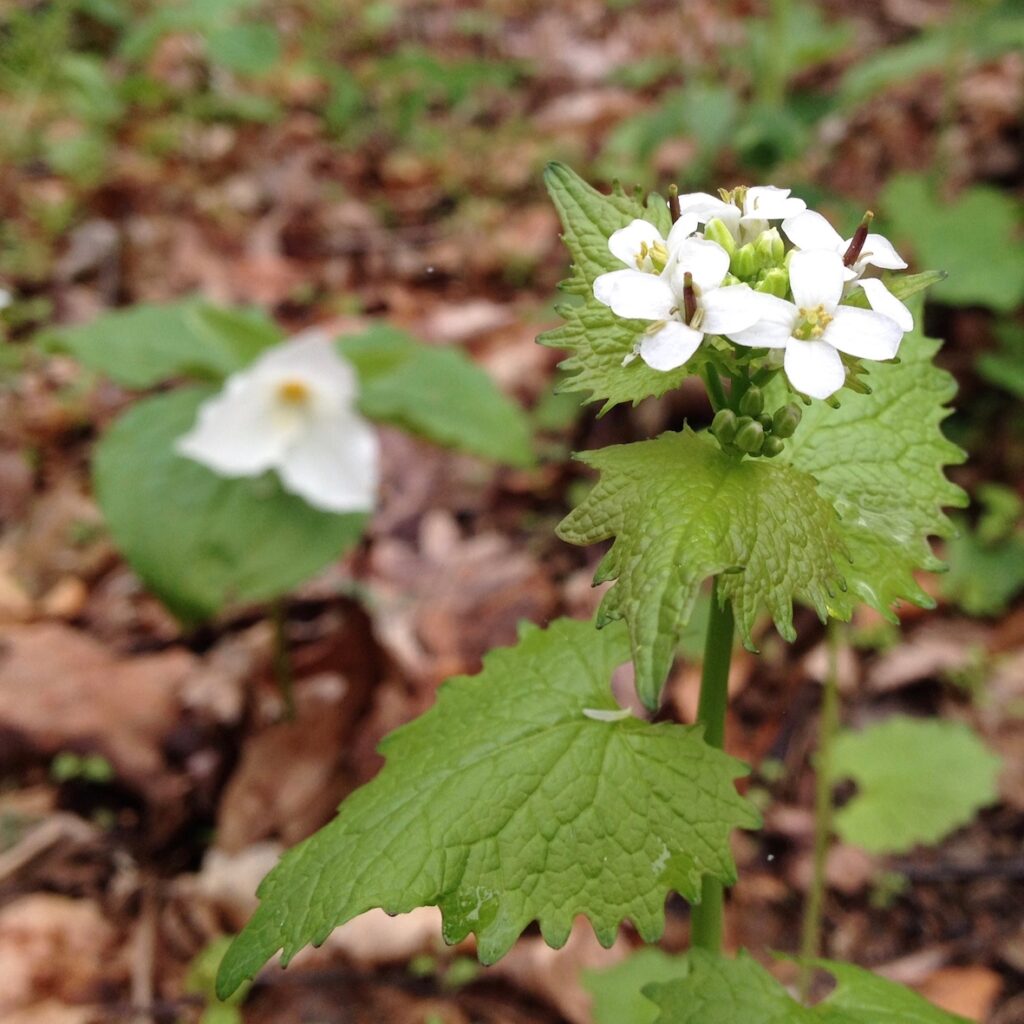

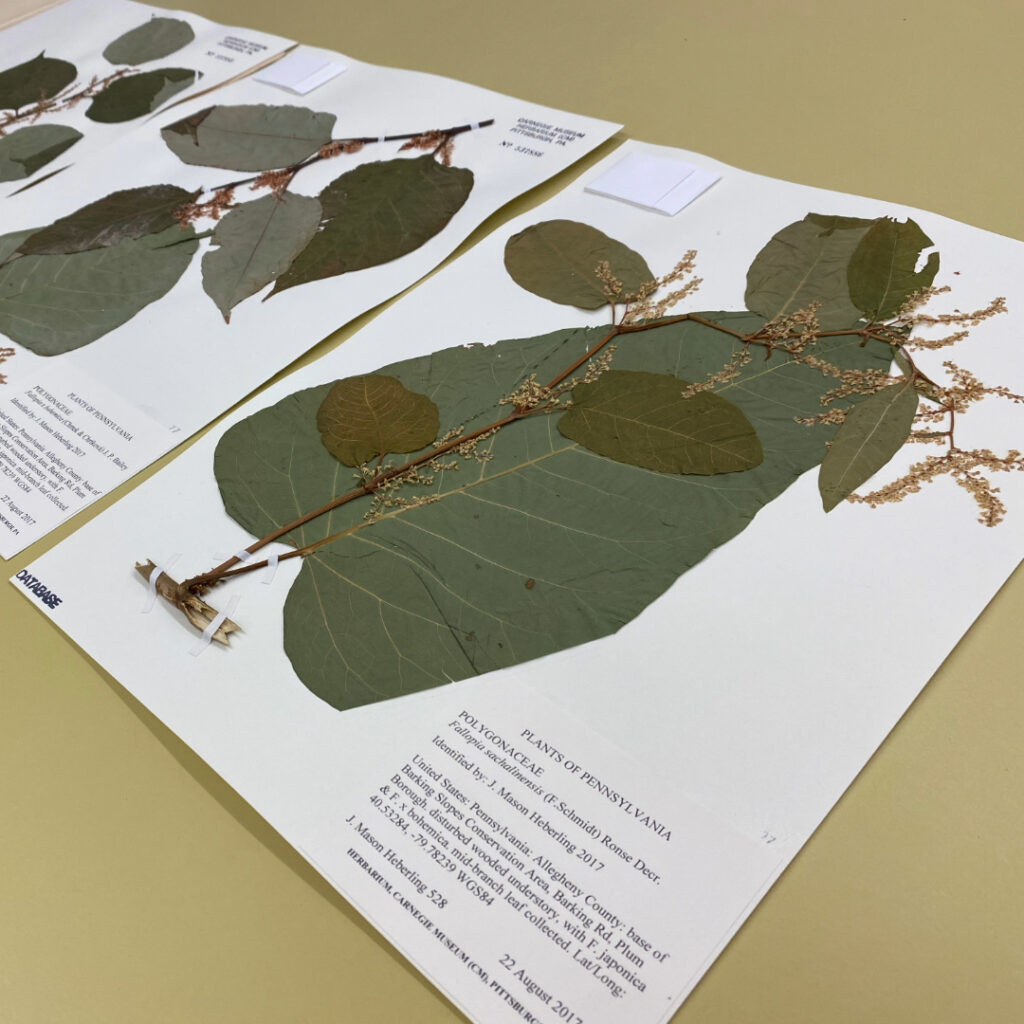


Callery pear, a common ornamental illegal to sell in Pennsylvania.
*Thank you to our community partners!*
Allegheny GoatScape
Dr. Craig Barrett, West Virginia University
Dr. Jocelyn E. Behm, Temple University
Dr. Rachel Reeb
Dr. Raja Adal, University of Pittsburgh
Erin Mallea
Garfield Community Farm
Hunt Institute for Botanical Documentation
Koichi Watanabe
Lauren Kosslow, West Virginia University
Meining Wang
Peyton Phillips, Temple University
Pittsburgh Parks Conservancy
Sean Stewart and the Lab at Silver Eye

